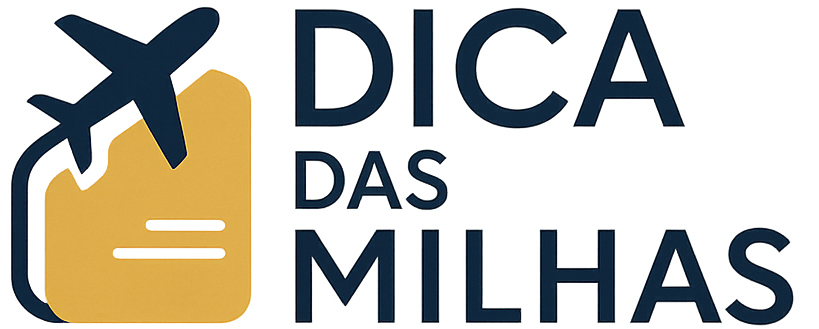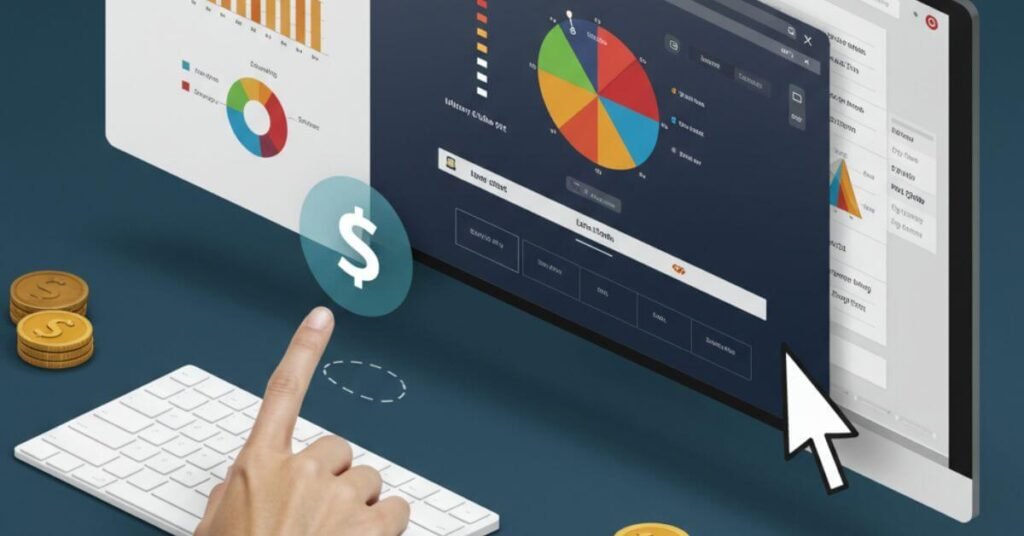When it comes to loyalty programs and travel rewards, not all miles are created equal. One of the most common mistakes among beginners is assuming that miles always represent the same value, regardless of how and when they are used. In reality, the real value of a mile can vary dramatically depending on several factors, and understanding this is crucial to getting the most out of your rewards.
In this complete guide, you will learn what is the real value of a mile and how to calculate it, why the value fluctuates, and how to ensure that you always use your miles wisely.
Why Understanding the Value of a Mile Is So Important
Miles are a currency, much like cash or points, but their “exchange rate” is not fixed. Airlines determine how many miles you need to redeem for a ticket based on a variety of factors, including route popularity, demand, class of service, and seasonal promotions.
If you don’t calculate the value of your miles before redeeming them, you could end up wasting them on low-value redemptions — essentially giving away your hard-earned rewards for less than they are worth.
Knowing the real value of a mile empowers you to:
- Make smarter decisions about when to redeem
- Maximize the return on your credit card and loyalty program efforts
- Plan trips more strategically
- Avoid poor-value redemptions
Basic Concept: How to Calculate the Value of a Mile
The simplest way to calculate the real value of a mile is to use this formula:
Value per mile = (Cash price of the ticket – Taxes and fees) / Number of miles required
This formula helps you understand how much each mile is saving you compared to paying in cash.
Let’s look at an example:
- Cash ticket price: R$1,200
- Taxes and fees: R$200
- Miles required: 25,000
Calculation:
(1,200 – 200) / 25,000 = R$1,000 / 25,000 = R$0.04 per mile
In this example, each mile is worth R$0.04.
A good redemption generally starts at R$0.03 per mile and can go up to R$0.10 or more for premium international flights.
Factors That Affect the Value of a Mile
The value of a mile is not constant and can vary greatly based on several key factors:
1. Type of Flight
- Domestic flights tend to offer lower value per mile, especially in Brazil, where ticket prices are often lower.
- International flights typically provide much better value, especially in premium cabins (business and first class).
2. Class of Service
Redeeming miles for economy class often gives you decent value, but using miles for business or first class usually provides much higher value per mile.
Example:
- Economy flight: 30,000 miles = R$1,200 ticket → R$0.033 per mile
- Business flight: 50,000 miles = R$5,000 ticket → R$0.10 per mile
3. Peak vs. Off-Peak Seasons
During peak travel seasons, cash prices soar, but miles redemptions may not rise proportionally, leading to better value per mile.
- High season = potentially higher redemption value
- Low season = sometimes lower redemption value
4. Availability and Promotions
Special promotions, like reduced-mileage tickets or transfer bonuses, can increase the value you get from your miles.
For example, programs like Smiles, Latam Pass, and TudoAzul often run promotions where a flight requires fewer miles than usual.
Tools to Help Calculate the Value of a Mile
To make your calculations easier, you can use:
- AwardWallet: Tracks award bookings and calculates value
- Google Flights: To quickly find cash ticket prices for comparison
- Airline mileage calculators: Some programs offer tools that estimate how many miles are needed for specific routes
- Excel or Google Sheets: Create a simple formula to track your personal mile usage and value over time
Having these tools handy helps you evaluate opportunities on the spot.
How to Maximize the Value of Your Miles
If you want to consistently get high value from your miles, follow these strategies:
1. Redeem for Long-Haul International Flights
These flights often cost thousands of reais in cash but can be booked for a relatively reasonable number of miles.
Example:
- São Paulo to Madrid economy class: 50,000 miles instead of R$4,000 cash → R$0.076 per mile
- São Paulo to New York business class: 70,000 miles instead of R$8,000 cash → R$0.114 per mile
2. Target Business and First Class
If you’ve accumulated a large balance of miles, using them for premium cabin redemptions almost always yields the highest value per mile.
Imagine flying first class on a trip that would normally cost R$25,000 for only 120,000 miles plus taxes. The value per mile would be extraordinarily high compared to an economy redemption.
3. Take Advantage of Transfer Bonuses
In Brazil, platforms like Livelo and Esfera frequently offer 80%–120% bonuses when transferring points to airline programs.
Example:
- 10,000 Livelo points transferred to Smiles during a 100% bonus = 20,000 miles
- Your effective earning rate per real spent is doubled, boosting overall mile value
4. Plan Ahead
Last-minute mileage bookings can either be great deals or poor ones. Planning at least 3–6 months in advance allows you to find award availability at the lowest mileage rates.
5. Watch for Reduced-Mileage Promotions
Some airlines offer special promotions where you can book flights for 20%–30% fewer miles. Keep an eye on newsletters and program notifications to catch these deals.
When You Might Accept a Lower Value
While maximizing value is ideal, there are times when accepting a lower per-mile return makes sense:
- You have miles close to expiration.
- Cash prices are unusually low and not worth conserving miles.
- You prioritize convenience or specific travel dates over maximizing value.
- You have an abundant mileage balance and want to use them rather than let them devalue over time.
In these cases, it’s okay to accept a lower-than-ideal value per mile, as long as the redemption fits your needs and goals.
Real-Life Case Study: João’s Trip to Europe
João had 120,000 miles saved in his Smiles account. He wanted to visit Paris during the high season.
Cash ticket cost: R$7,200
Miles required: 110,000 + R$350 taxes
Calculation:
(7,200 – 350) / 110,000 = R$6,850 / 110,000 = R$0.062 per mile
In this case, João achieved a R$0.062 per mile redemption, which is considered excellent, especially for high season in Europe.
Had he used those same miles for domestic flights, his return might have been only R$0.025–R$0.035 per mile.
This is why strategic planning makes a huge difference in mileage value.
Mistakes That Reduce the Value of Your Miles
To avoid wasting your miles, steer clear of these common pitfalls:
- Redeeming miles for gift cards or merchandise (usually low value)
- Booking domestic economy flights with high mileage requirements
- Ignoring transfer bonuses and promotions
- Letting miles expire without redeeming them
- Paying high taxes and fees without calculating real savings
Stay proactive and always evaluate whether your redemption is worth it before confirming any booking.
Summary: How to Think About the Value of a Mile
Understanding the real value of a mile isn’t just about making calculations — it’s about shifting how you think about your rewards strategy.
When you earn miles, you’re collecting a form of virtual currency that requires smart management to unlock its full potential. Some miles are worth saving for luxury experiences. Others should be used quickly for simple domestic trips.
Always base your decision on:
- The cash cost vs. mileage cost
- The effective value per mile
- Your personal travel goals and flexibility
There’s no single “best” redemption, but by consistently targeting higher values, you’ll travel better, smarter, and more affordably than most.
Final Thoughts: Always Calculate, Always Compare
The true secret to winning the loyalty game is simple: always do the math.
Before you transfer points, before you redeem miles, and before you book a trip, calculate the real value of your miles. Compare it to the cash alternative and make your decision based on value — not emotion.
Over time, this small habit will save you thousands of reais, unlock travel experiences you once thought impossible, and turn your loyalty rewards into a powerful asset in your financial and travel life.
Mastering the real value of a mile is not just smart — it’s essential for anyone who wants to get the most out of loyalty programs and enjoy the true freedom of traveling on miles.
Elaine A. da Silva is a Brazilian travel and finance enthusiast, best known as the creator of the blog Dica das Milhas. With a strong background in personal finance and a passion for exploring smart travel strategies, she specializes in simplifying the world of airline miles and travel rewards for everyday people. Through her blog, Elaine shares practical tips, insider knowledge, and step-by-step guides to help readers save money and travel more efficiently using loyalty programs and credit card points.







